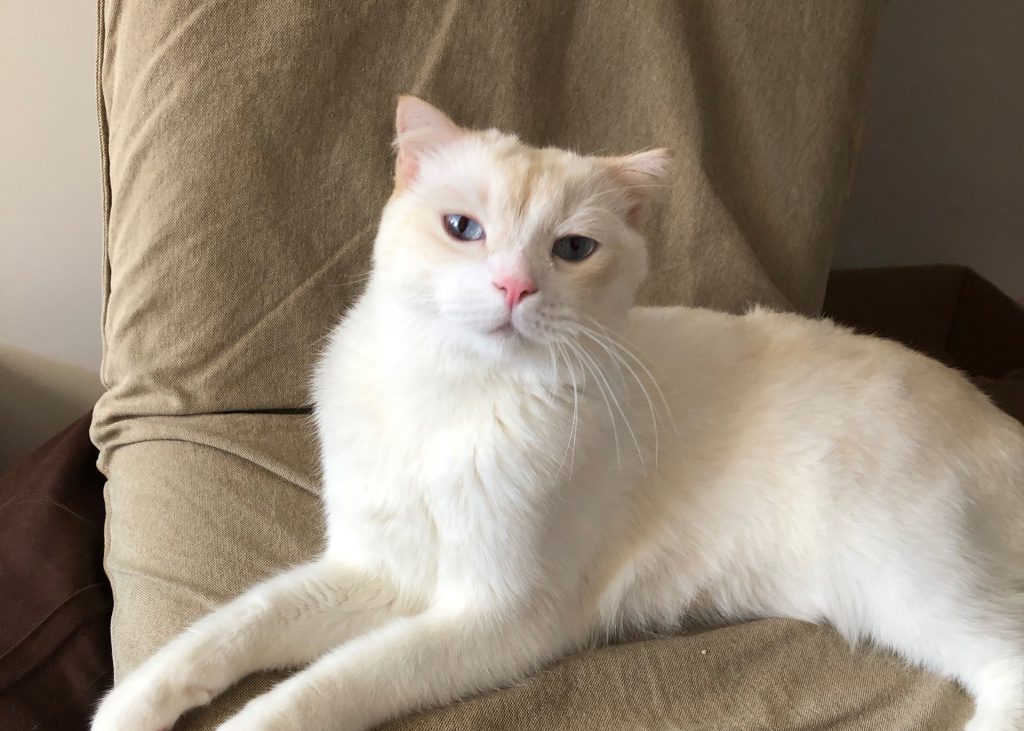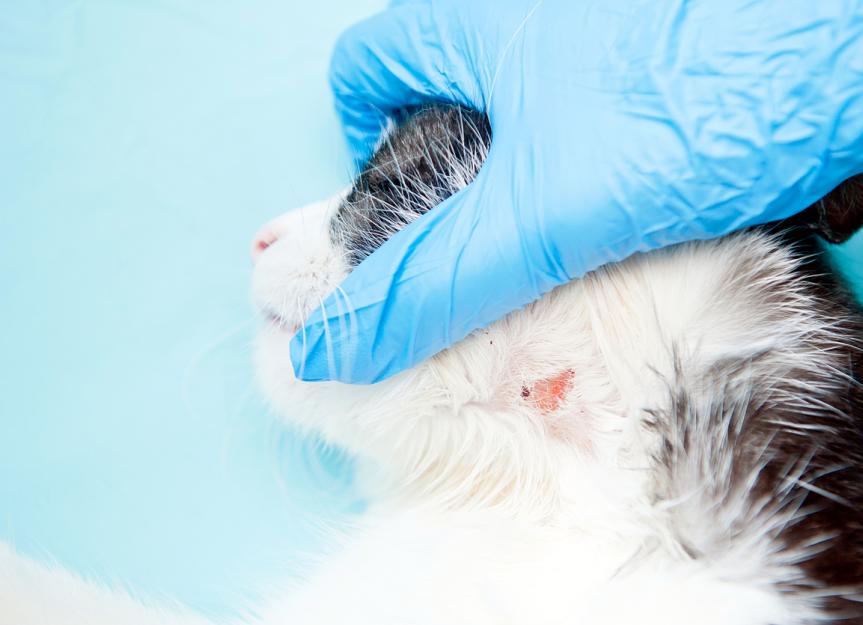Share Article:
Cats are often picky and unpredictable. We have 2 cats–one’s a glutton that would gobble up bitter gourd in a heartbeat, the other has to be hand-fed at times. We often get people asking us about cat fodder/food. We’ll share a few tips here on how to compare the macronutrients in cat food. Hope this helps!
Step 1:
Get a few pieces of information we need:
- Caloric density of food in kcal/kg
- Crude protein (%)
- Crude fat (%)
You can obtain this information from the manufacturer’s website or e-mail them. Remember to find the exact flavour wet/dry type.
Step 2:
Convert to g/Mcal
From here, we could calculate an estimated analysis on a caloric basis with these formulas (best way to compare food with different moisture content!)
- Protein in g/Mcal = (Crude protein + 1.5) ÷ (Caloric density ÷10,000)
- Fat in g/Mcal = (Crude fat + 1) ÷ (Caloric density ÷10,000)
Step 3:
High, moderate, or low?
BUT, the numbers make no sense unless there is a benchmark to measure against.
Protein benchmark
- Low protein: less than 80g/Mcal
- Moderate protein: 80-120g/Mcal
- High protein: greater than 120g/Mcal
Fat benchmark
- Low fat: less than 40g/Mcal
- Moderate Fat: 40-60g/Mcal
- High fat: greater than 60g/Mcal
Example:
Stella and Chewy Chicken & Salmon Medley Paté
(nutritional info here)
Step 1:
Get a few pieces of information we need:
- Caloric density 1057 kcal/kg
- Crude Protein 10%
- Crude Fat 5%
Step 2:
Convert to g/Mcal
- Protein in g/Mcal: (10 + 1.5) ÷ (1057 ÷ 10 000) = 104
- Fat in g/Mcal: (5 + 1) ÷ (1057 ÷ 10 000) = 56.8
Step 3:
High, moderate, or low?
So according to this benchmark Stella and Chewy Chicken & Salmon Medley Paté would fall into the moderate protein and moderate fat category of cat food.
Additional considerations
However, do note that these numbers are not absolute. Do compare the quality of ingredients as well. Poor quality ingredients may not be easily digestible and assimilated into their furry bodies.
Information adapted from Chi Institute of Chinese Medicine
You might be interested

